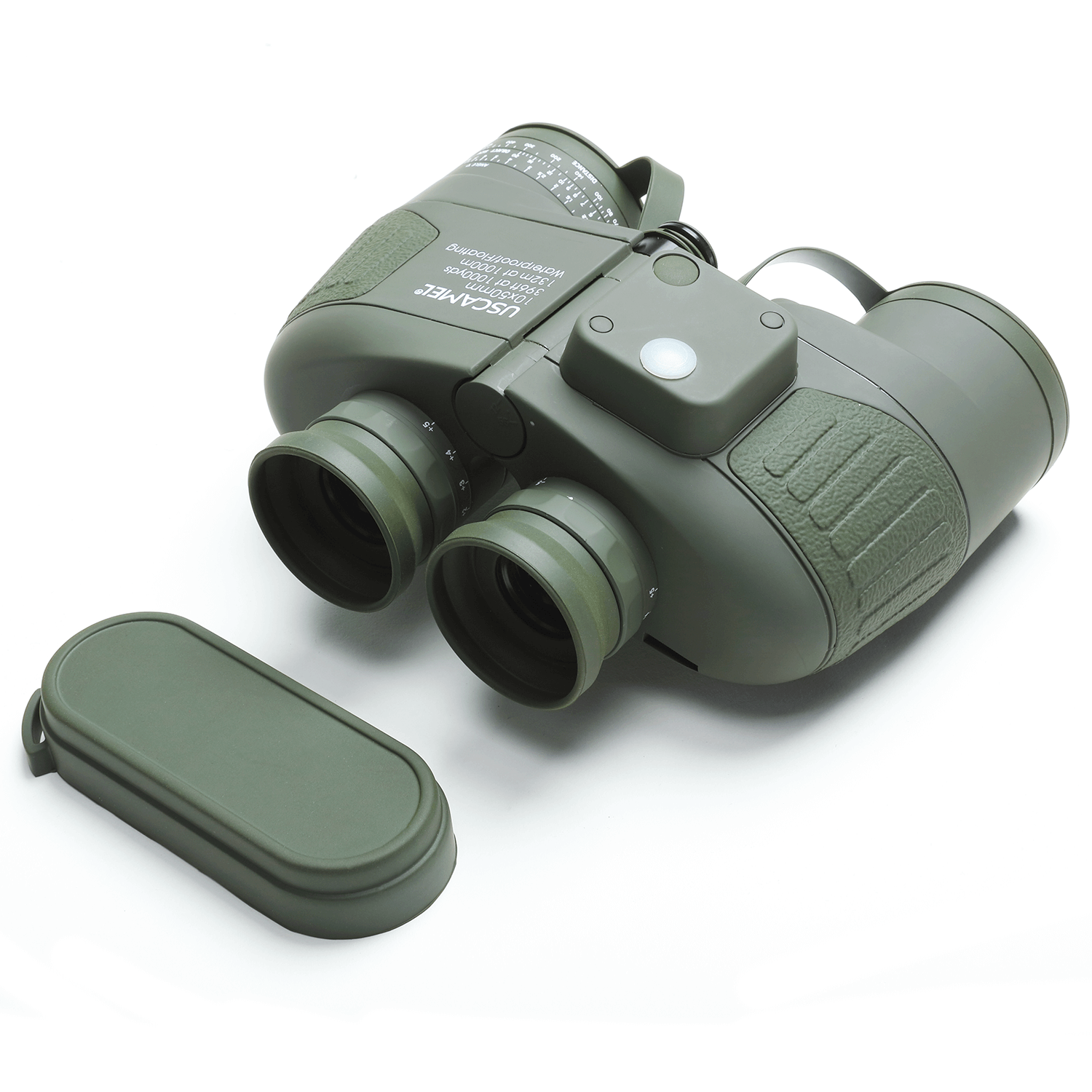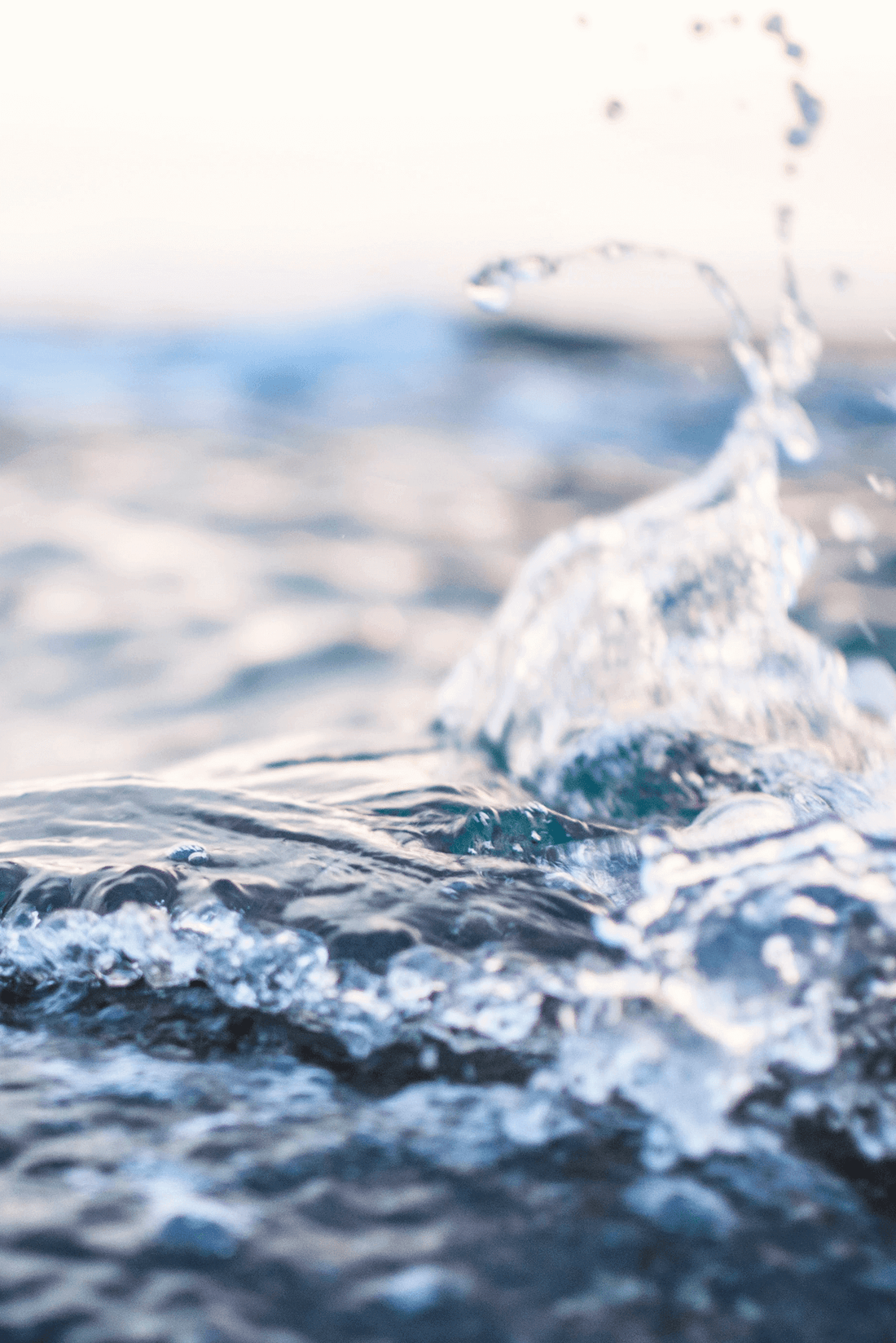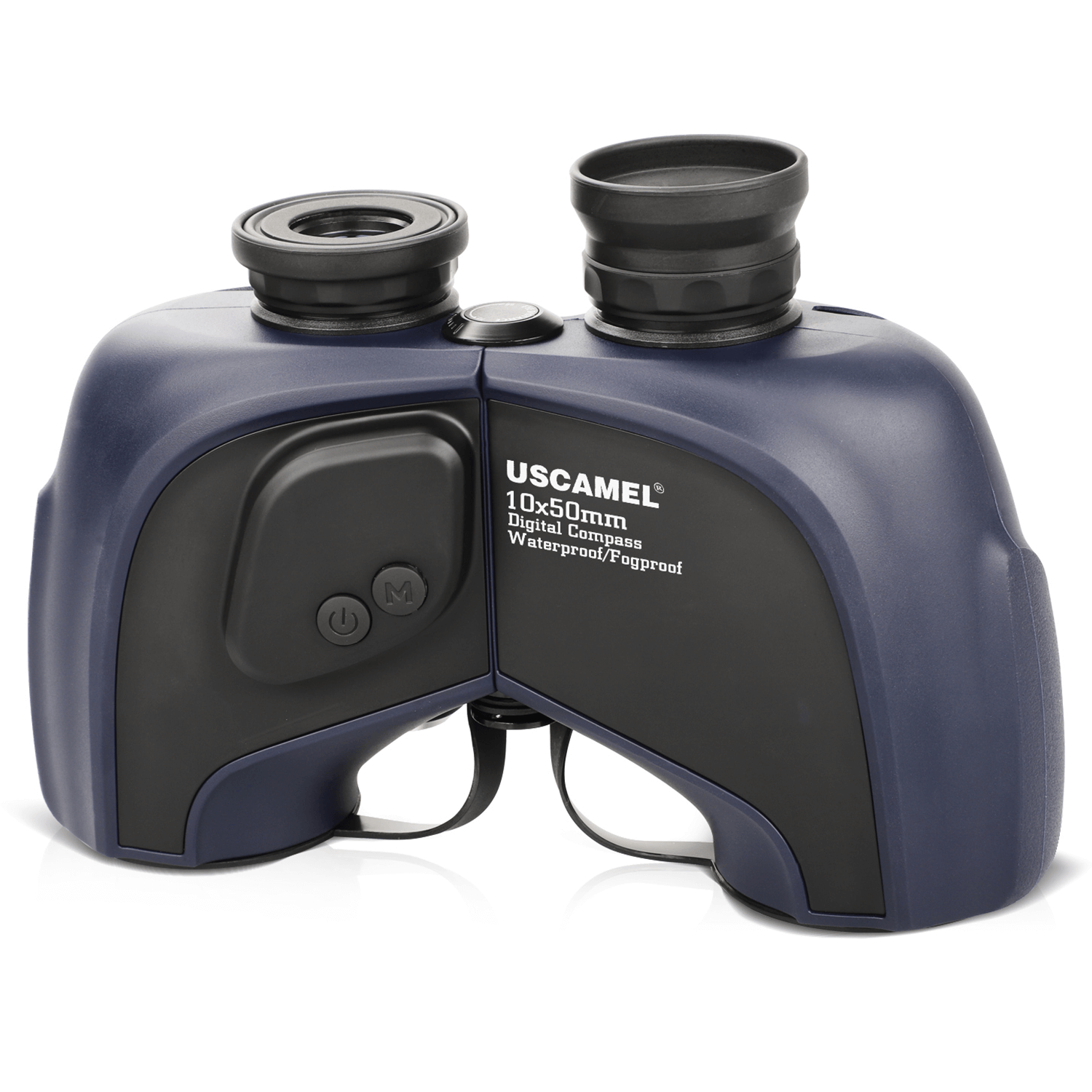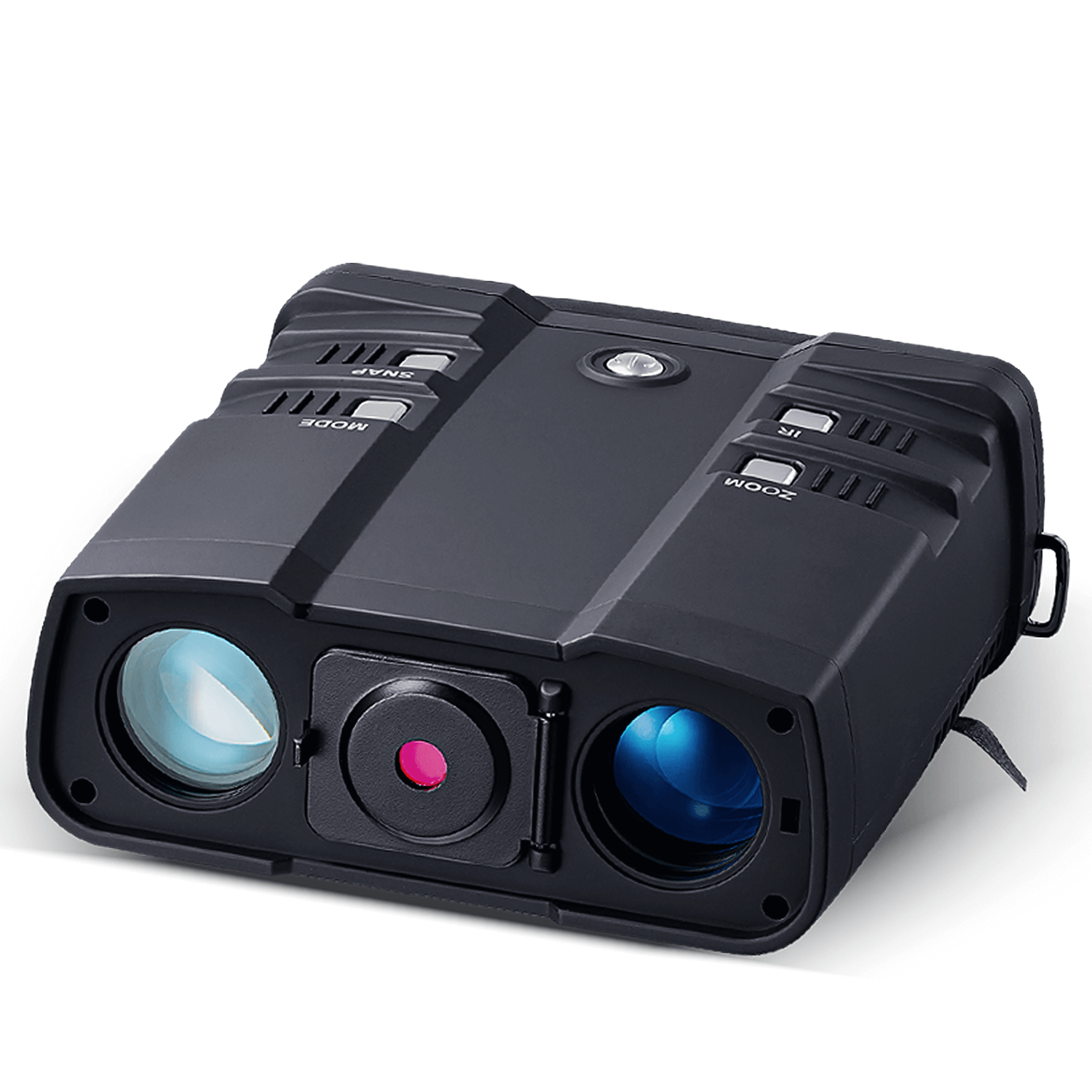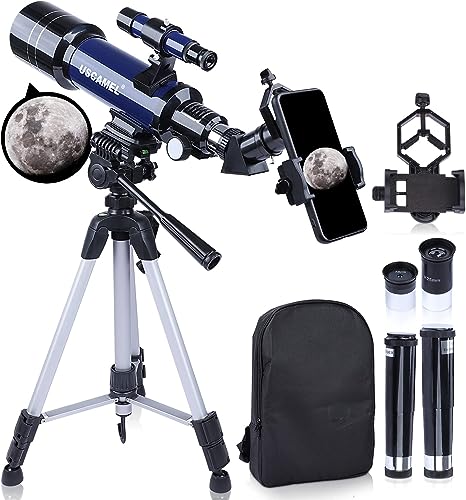Let's talk about waterproof this time.
The waterproof has been a very mature function. Is necessary? I say YES.
First of all, we have to know the waterproof level, waterproof level refers to the level of water resistance, that is, to prevent water infringement and damage. Waterproof level is divided into nine levels, generally using IPX to indicate that
- IPX0 would indicate no protection.
- IPX1 indicates no effect for protection against vertical water drops.
- IPX2 indicates protection against water drops falling from an angle of 15 degrees without effect.
- IPX3 indicates no effect for protection against water drops falling from an angle of 60 degrees
- IPX4 indicates protection against water droplets falling from any angle without effect, for splash-proof type.
- IPX5 indicates protection against water sprayed from any angle without effect.
- IPX6 indicates protection against water sprayed from any angle without effect and does not enter the interior.
- IPX7 indicates that it can be immersed in water for a short period without effect.
- IPX8 indicates that it can be immersed in water under certain pressure for a long time without effect.
Generally speaking, lower than the IPX4 level we can call life waterproof, higher than IPX7 can be called waterproof function. And outdoor equipment using IPX7 level is enough for using, some professional equipment or environment need to reach IPX8 or more(diving or something like that).
Most of the waterproof function is achieved by sealing, using rubber rings or special waterproof glue to seal, such as watches, cell phones, etc. At the time of assembling or repairing, people will install a good waterproof rubber ring in the appropriate location and then tighten the operation (screws or adhesive) to achieve the role of sealing. This way for the fixed container can achieve a longer period of sealing, telescope eventually can not get around this way.
Yes, to achieve waterproof binoculars we have to seal the lens barrel, to achieve this, the eyepiece, focus wheel, the objective lens must do waterproof treatment, eyepiece, and focus wheel sealing commonly is same as we mentioned. so we only talk about the objective lens. Binoculars are achieved by moving the objective lens to focus, when we turn the focus wheel is actually through the internal mechanical structure, that adjusts the position of the objective lens. So how do waterproof binoculars handle the eyepieces?
The way is very straightforward, since doing waterproofing requires sealing the lens barrel and fixing the objective lens. A new lens is added between the objective lens and the prism, and the function of focusing is achieved by moving this lens. Some people have already responded that the addition of that lens, on top of the before, light reaching the human eye will add two more transmissions, and this is accompanied by the loss of more incoming light. At the same time, it increases the weight.
Choose a binocular according to your needs, a waterproof binocular sometimes really works but doesn't always mean a better choice.
Note. Regarding nitrogen filling, nitrogen filling is a layer of protection for the optics to prevent the internal structure from rusting or mildewing due to water molecules in the air.
Check USCAMEL IPX7 nitrogen filled Waterproof Binoculars.
